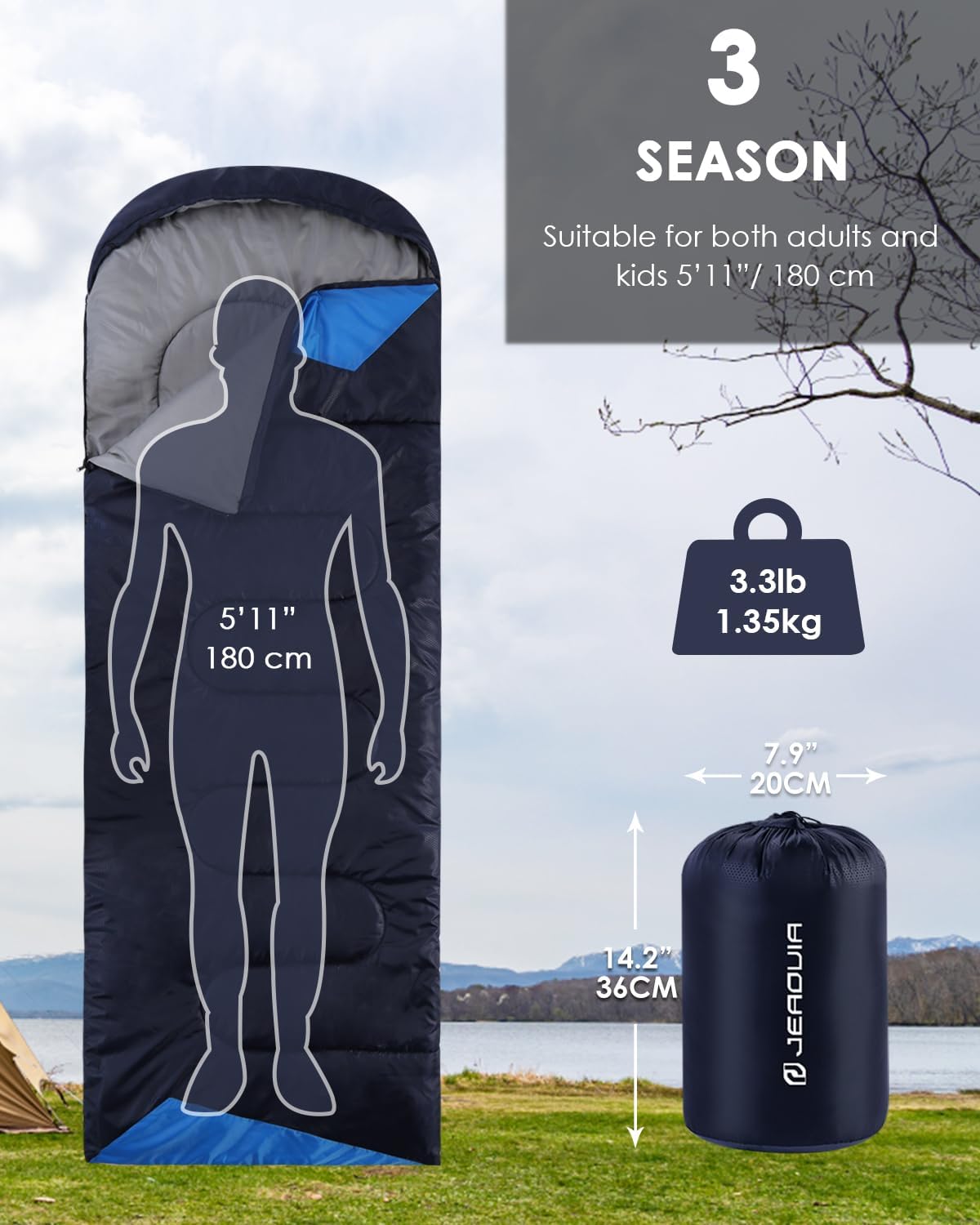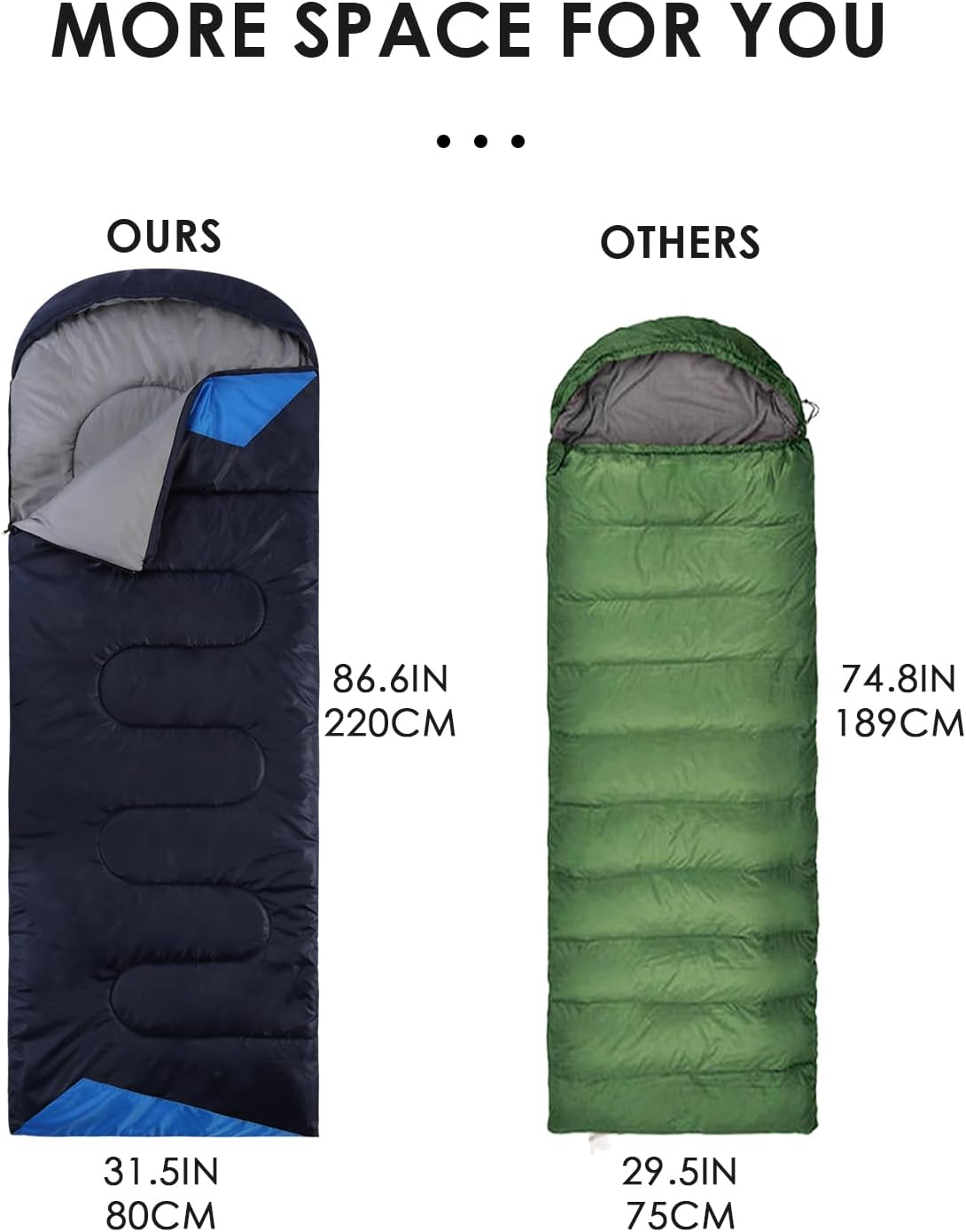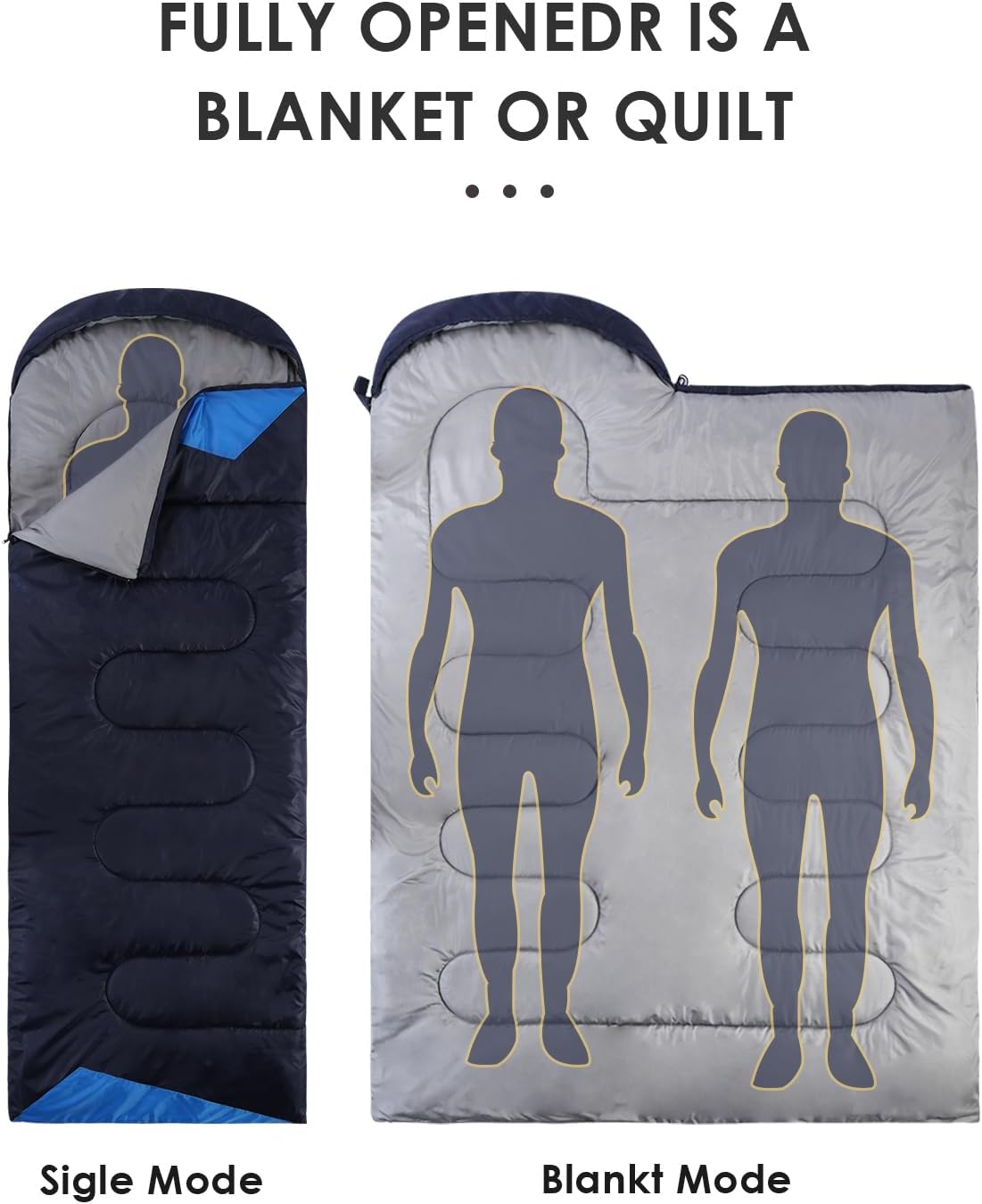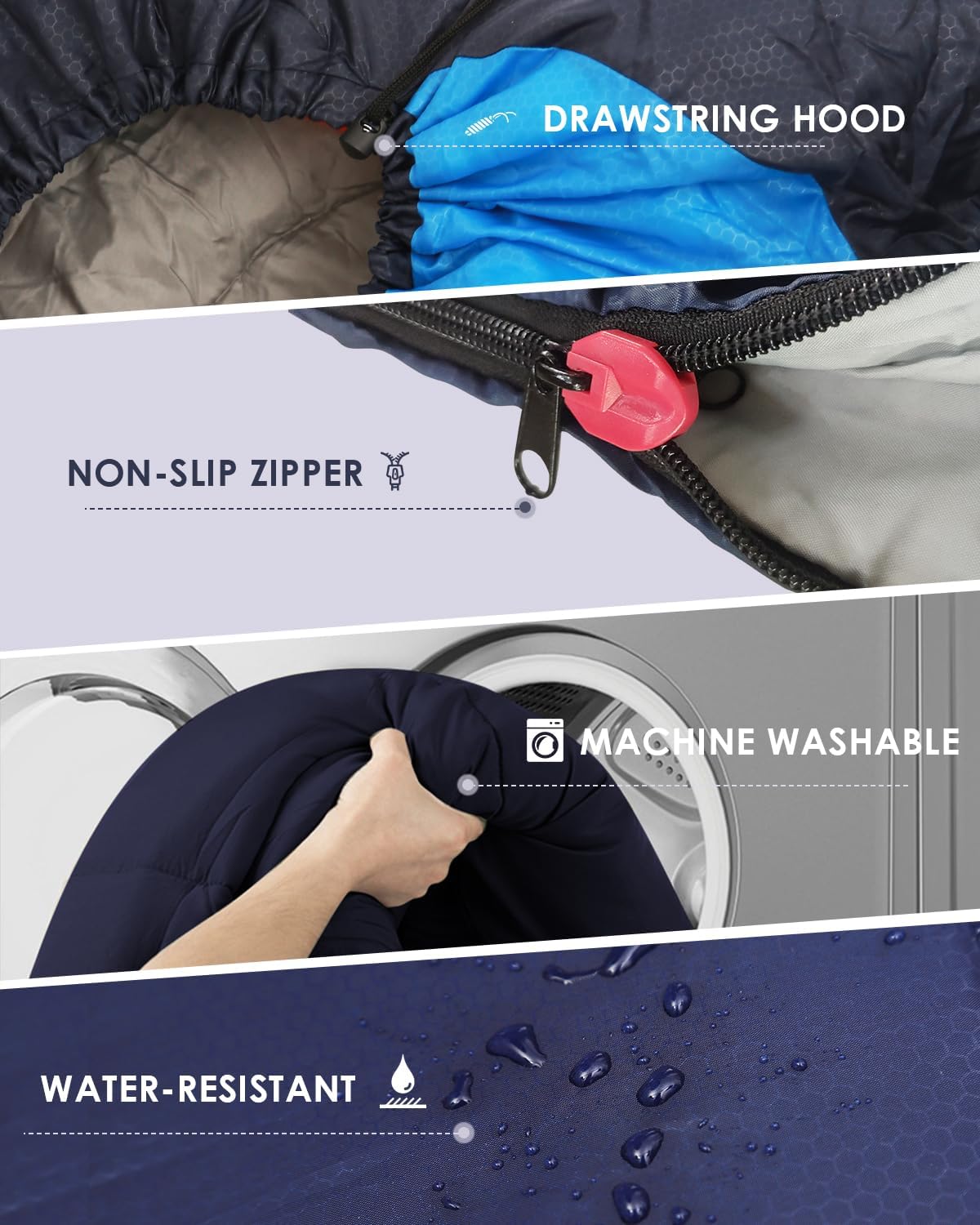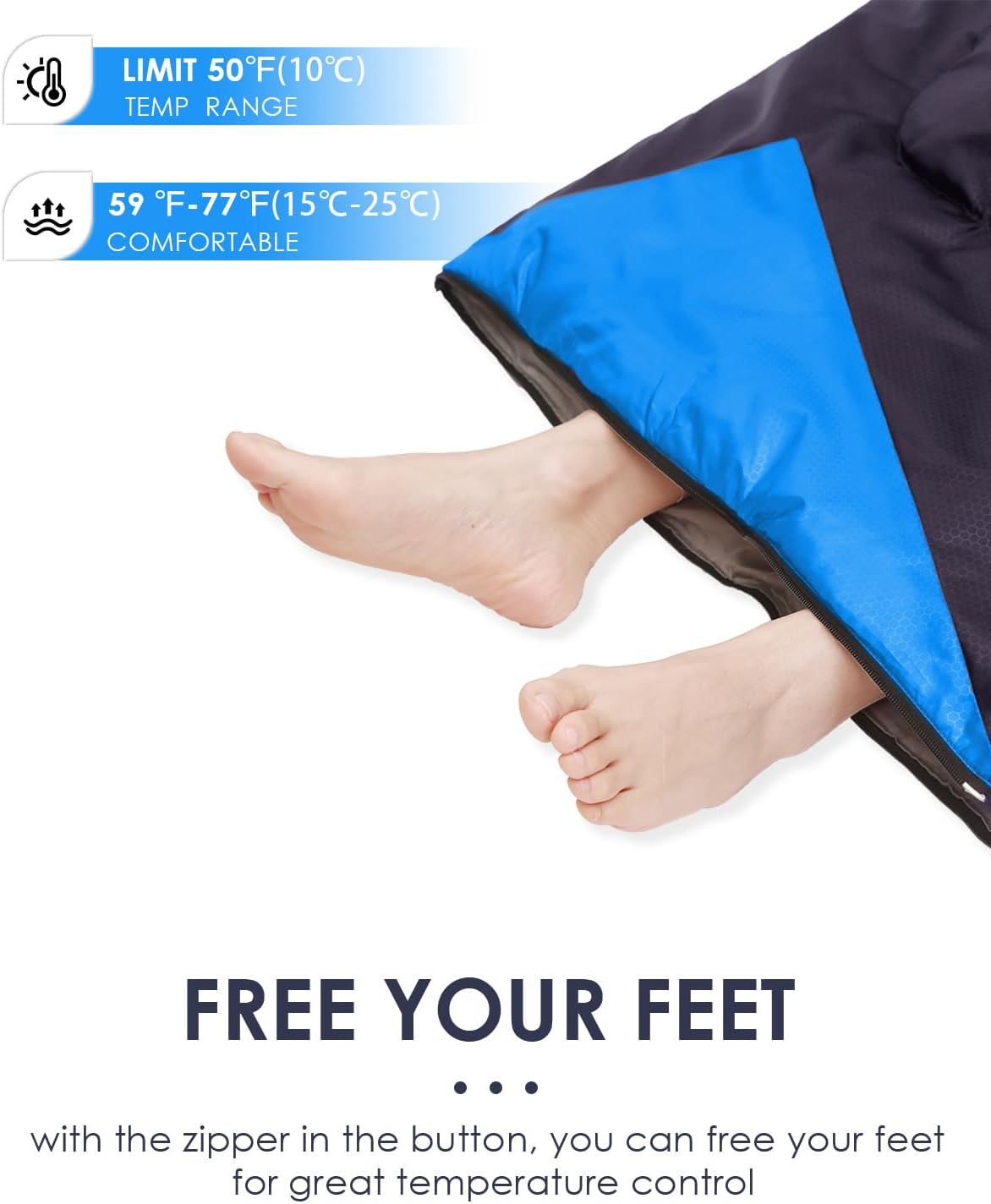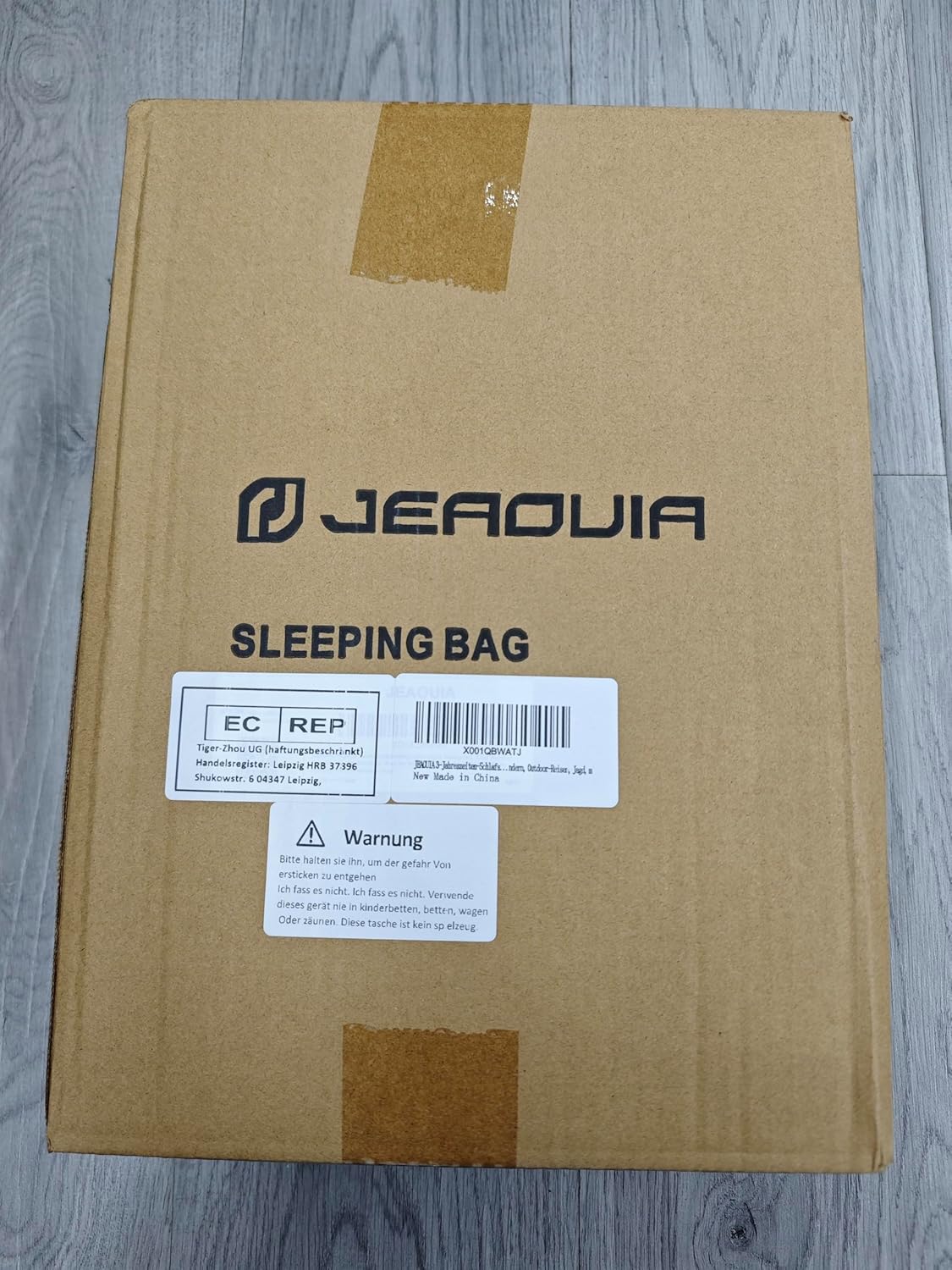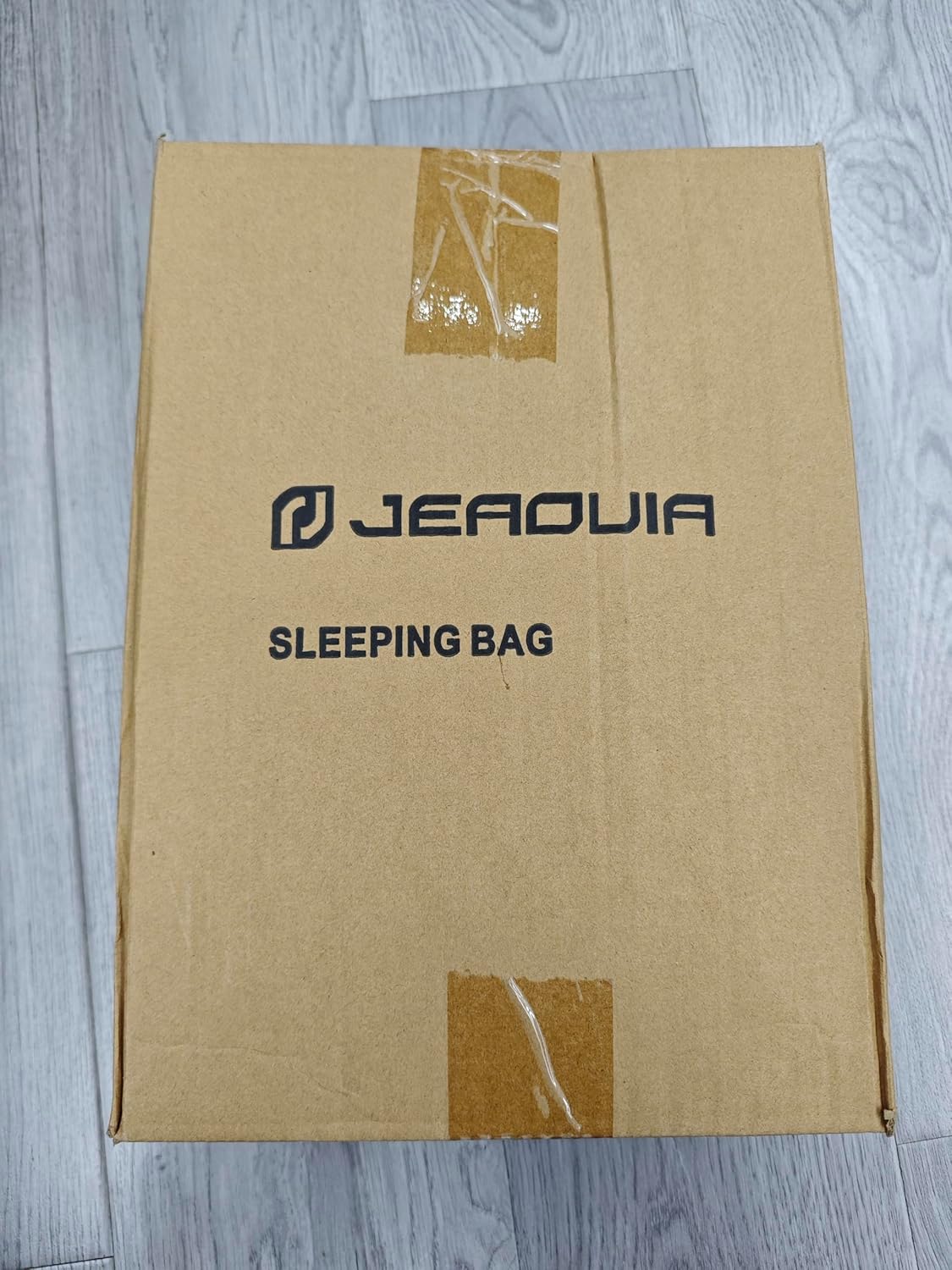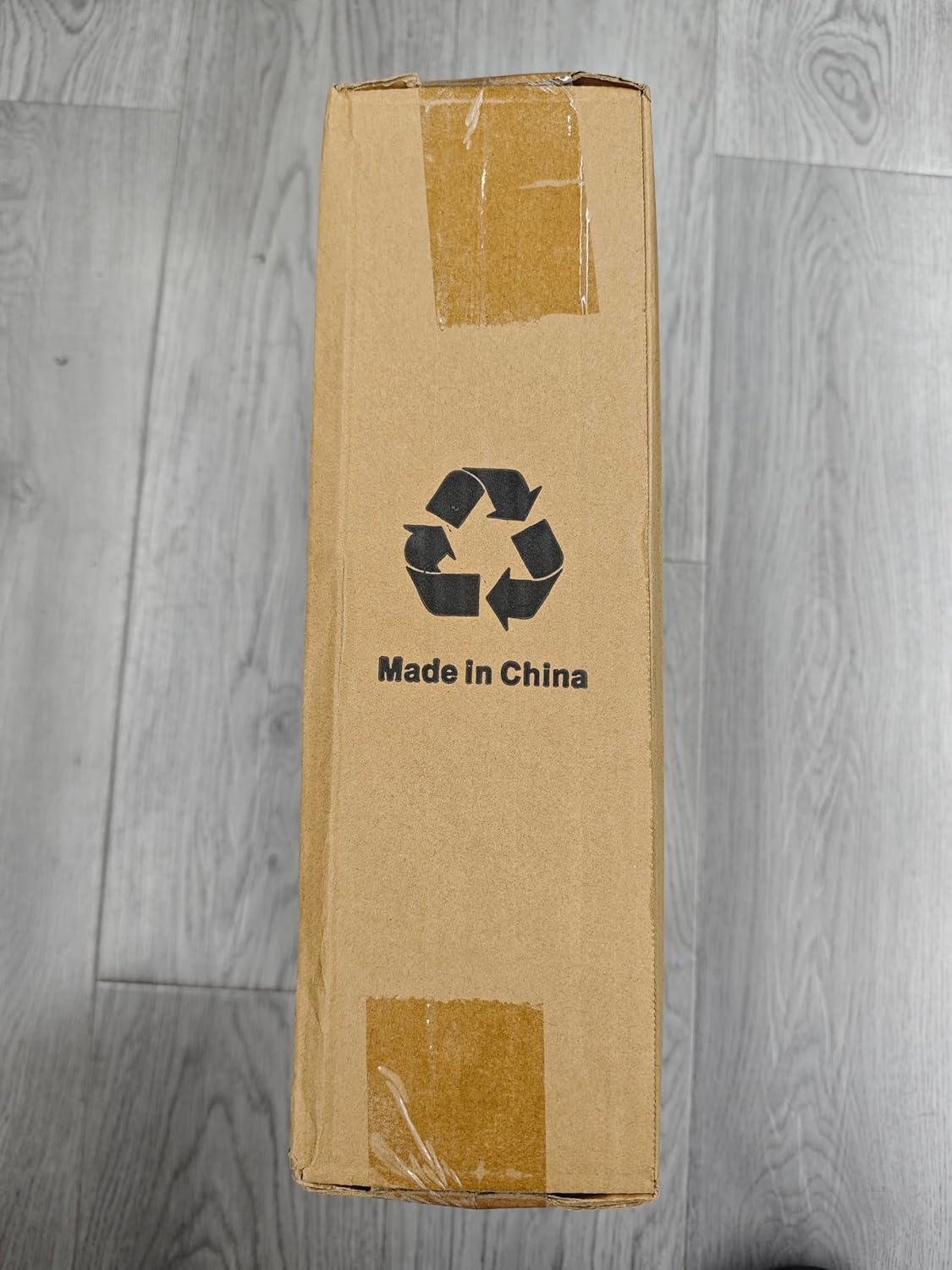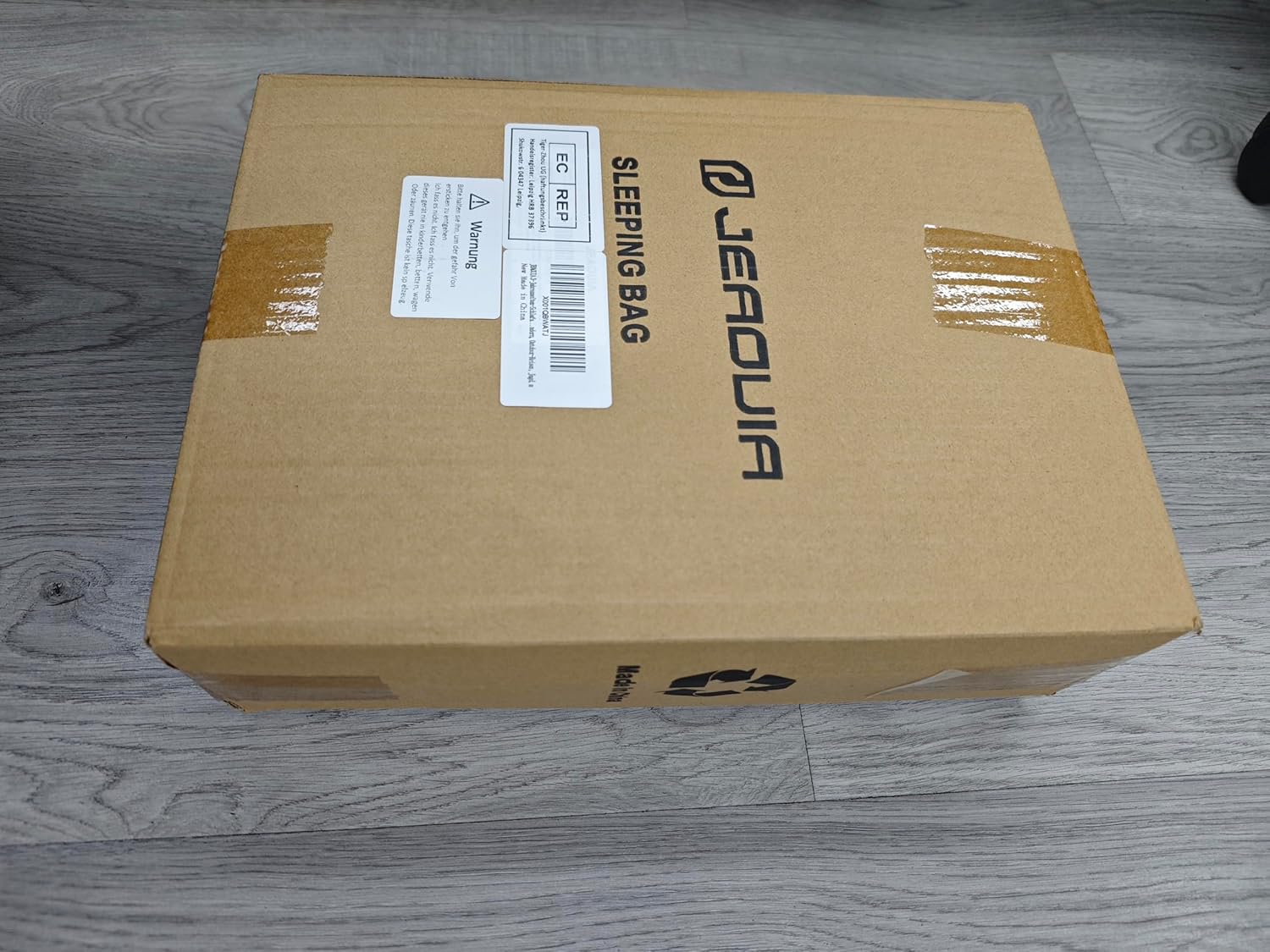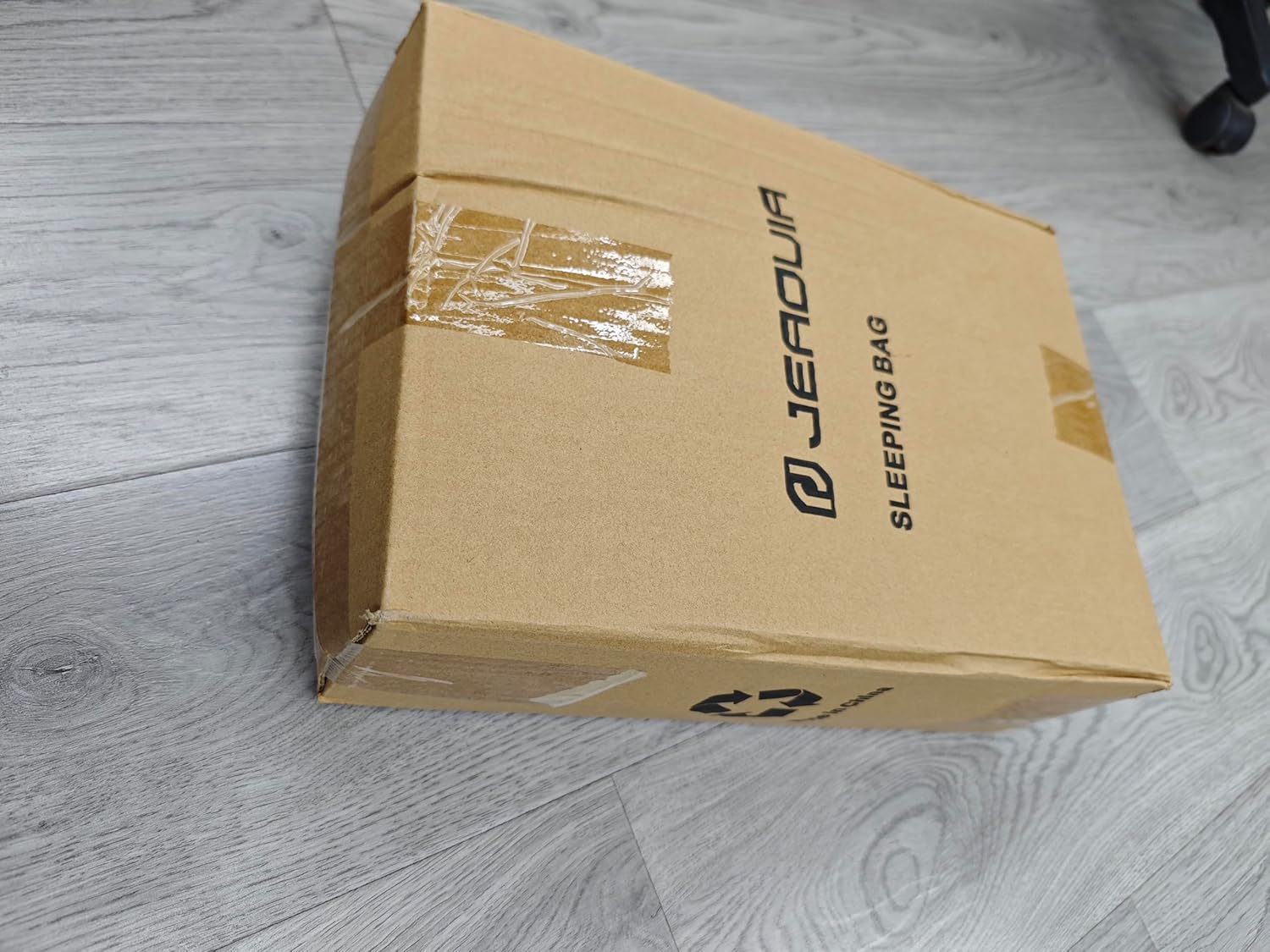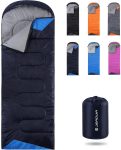
Sleeping Bags for Adults Backpacking Black Friday Sleeping Bag Review – Oemiu
Black Friday Sleeping Bags for Adults Backpacking Sleeping Bag Review
The crisp air of autumn signals the start of two things for outdoor enthusiasts: stunning foliage and the anticipation of Black Friday deals. For backpackers, this means a chance to score incredible deals on essential gear, and few pieces of equipment are as crucial for a comfortable and safe overnight adventure as a good sleeping bag. Choosing the right sleeping bag can be overwhelming, considering the myriad of options available, ranging from temperature ratings and fill materials to weight and packability. This guide dives deep into selecting the ideal adult backpacking sleeping bag during the Black Friday sales, helping you navigate the complexities and emerge with a purchase you’ll be thankful for on every chilly mountain night.
Understanding Sleeping Bag Temperature Ratings and Their Importance
One of the most critical aspects of choosing a backpacking sleeping bag is understanding temperature ratings. These ratings, often displayed prominently on the bag, indicate the lowest temperature at which the bag is expected to keep an average sleeper warm. However, it’s crucial to remember that these ratings are guidelines, not guarantees. Factors like your metabolism, clothing, and even the type of sleeping pad you use can significantly affect how warm you feel inside the bag. A common misconception is that the temperature rating represents the *survival* temperature; in reality, it’s the *comfort* temperature for an average person. A “limit” temperature is also often provided, indicating the lowest temperature at which the bag will prevent hypothermia, but this is a survival scenario, not a comfortable night’s sleep. When selecting a sleeping bag, err on the side of caution. If you frequently camp in temperatures around 30°F, a 20°F-rated bag is a much safer bet than a 30°F-rated one. Consider also if you are a warm or cold sleeper. Cold sleepers should choose a bag rated 10-15 degrees lower than the expected overnight temperature.
Think about your typical backpacking trips. Do you mostly venture out in the summer months, or do you extend your season into the shoulder seasons of spring and fall? If you’re a three-season backpacker, a 20°F to 30°F bag is generally a good choice. For summer-only trips, a 30°F to 40°F bag might suffice. In addition, you can boost a sleeping bag’s warmth rating by adding a sleeping bag liner. Sleeping bag liners can add an extra 5-20 degrees of warmth and are a great way to extend your sleeping bag’s use into cooler weather. Consider layering a bag liner for cooler climates to make the most of your adult backpacking sleeping bag. They are also an easy way to keep your sleeping bag clean, which is particularly important for down-filled bags.
Remember, too, that temperature ratings can vary between manufacturers and even between models from the same brand. Standardized testing procedures like the EN or ISO ratings help provide a more consistent benchmark, but even these should be taken as a guide rather than an absolute truth. Always read reviews and consider the experiences of other backpackers who have used the bag in similar conditions. A bit of research can save you from a shivering night in the wilderness. Also, note that gender specific sleeping bags may have slightly different temperature ratings as women generally sleep colder than men.
Down vs. Synthetic Fill: Choosing the Right Insulation for Your Needs
The fill material of your sleeping bag is the heart of its insulation. The two main types are down and synthetic, each offering distinct advantages and disadvantages. Down, the fluffy undercoating of ducks and geese, is renowned for its exceptional warmth-to-weight ratio. It’s incredibly compressible, packing down into a small size that’s ideal for backpacking. Down provides excellent insulation but loses its insulating properties when wet. This makes proper care and storage crucial to ensure longevity and warmth. The quality of down is measured by its fill power, ranging from around 550 to over 900. Higher fill power means the down is more fluffy, trapping more air and providing better insulation for the same weight. For serious backpackers prioritizing warmth and packability, down is often the preferred choice.
Synthetic insulation, on the other hand, is made from polyester fibers. While it doesn’t offer the same warmth-to-weight ratio as down, it performs much better when wet. Synthetic fill retains a significant portion of its insulating ability even when soaked, making it a more reliable choice in damp climates or for backpackers who tend to sweat a lot. Synthetic bags are also generally more affordable than down bags. However, they are typically bulkier and heavier. Synthetic insulation comes in a variety of forms. Some are designed to mimic the structure of down to improve warmth and compression. Some of the newer synthetic fills have made big gains, now getting close to down in warmth to weight ratio, with the added benefit of maintaining warmth when wet. When considering a synthetic backpacking sleeping bag, look for higher-quality fills and consider the trade-offs between weight, bulk, and wet-weather performance.
Ultimately, the choice between down and synthetic depends on your specific needs and priorities. If you prioritize warmth, packability, and weight savings and are willing to take extra care to keep your bag dry, down is a great option. If you’re backpacking in wet conditions, on a tight budget, or simply prefer the peace of mind of having a bag that performs well when wet, synthetic is a more practical choice. Also, consider if you have any allergies. Some people are allergic to down feathers, in which case synthetic is the only option. Whichever fill material you choose, understanding the trade-offs will lead you to a backpacking sleeping bag that fits your needs.
| Feature | Down Fill | Synthetic Fill |
|---|---|---|
| Warmth-to-Weight Ratio | Excellent | Good |
| Compressibility | Excellent | Fair to Good |
| Performance When Wet | Poor | Good to Excellent |
| Price | Higher | Lower |
| Durability (with proper care) | Excellent | Good |
| Allergenicity | Potential Allergen | Hypoallergenic |
Sleeping Bag Shape and Size: Mummy, Rectangular, and Semi-Rectangular
The shape of your adult backpacking sleeping bag also plays a crucial role in its comfort and efficiency. The most common shapes are mummy, rectangular, and semi-rectangular (sometimes called modified mummy or barrel). Mummy bags are designed to be snug-fitting, maximizing warmth by minimizing the amount of air space inside the bag. This close fit means less energy is required to heat the space, resulting in a warmer night’s sleep for the same weight of insulation. Mummy bags typically feature a contoured hood that can be cinched around the head to further trap heat. They are popular among backpackers who prioritize warmth and weight savings.
Rectangular bags, on the other hand, offer more room to move around. They are less thermally efficient because they have a lot more air space to heat, but are often preferred by people who feel claustrophobic in a mummy bag. Rectangular bags are typically heavier and bulkier than mummy bags, making them less ideal for backpacking, but their comfort makes them a good option for car camping where space is less of a constraint. Some rectangular bags can be fully unzipped and used as a blanket. If you prefer a more spacious feel and aren’t overly concerned about weight or pack size, a rectangular bag might be a good choice for mild weather camping.
Semi-rectangular bags strike a balance between the warmth efficiency of mummy bags and the spaciousness of rectangular bags. They taper towards the feet, providing a snugger fit than a rectangular bag, but offer more room in the shoulders and hips than a mummy bag. This makes them a comfortable compromise for backpackers who want some wiggle room without sacrificing too much warmth. They are a versatile option suitable for a wide range of backpacking situations. When choosing a bag shape, consider your personal preferences and the typical conditions you’ll be encountering. A mummy bag is best for cold weather backpacking, while a semi-rectangular bag offers a good balance of warmth and comfort for more moderate temperatures. Also, consider the length of the bag. Most manufacturers offer sleeping bags in multiple lengths (short, regular, long), choose a bag that corresponds with your height.
Black Friday Strategies for Scoring the Best Deals on Backpacking Sleeping Bags
Black Friday can be a chaotic shopping experience, but with a little planning, you can significantly increase your chances of snagging the best deals on a backpacking sleeping bag. First, start your research early. Don’t wait until the day before Black Friday to start looking at different models and comparing prices. Begin researching weeks, even months, in advance to get a good sense of the typical prices and identify the bags that best meet your needs. This will help you quickly recognize a genuine deal when you see one. Make a list of your ideal bag(s) and prioritize features such as temperature rating, fill type, shape, and weight. This will help you stay focused amidst the flurry of promotions.
Next, sign up for email newsletters from your favorite outdoor retailers. Many retailers offer exclusive early access to Black Friday deals for their subscribers. Following retailers on social media platforms can also provide you with early alerts about upcoming sales. Monitor prices closely in the weeks leading up to Black Friday. This will give you a baseline to compare against the advertised Black Friday discounts. Some retailers will even price match if you find a lower price elsewhere. Be prepared to act quickly. Black Friday deals often sell out fast, especially on popular items like backpacking sleeping bags. Once you find a deal you like, don’t hesitate to add it to your cart and complete the purchase. If you’re unsure, many retailers offer generous return policies, so you can always return the bag if it doesn’t meet your expectations.
Consider shopping online rather than in-store. Online shopping allows you to compare prices across multiple retailers quickly and easily. It also eliminates the need to brave the crowds. Look for deals on previous year’s models. Retailers often offer significant discounts on last year’s models to make room for new inventory. These bags are often just as good as the latest versions, and you can save a substantial amount of money. Don’t be afraid to check smaller, specialized retailers. While big-box stores often offer attractive deals, smaller retailers may have even better discounts on specific brands or models. Finally, remember to factor in shipping costs and return policies when comparing prices. A seemingly great deal can quickly become less appealing if you have to pay high shipping fees or if the return process is complicated. With a little preparation and a strategic approach, you can find a fantastic deal on an adult backpacking sleeping bag and be well-equipped for your next outdoor adventure. Securing a great deal on backpacking sleeping bags might take a bit of time and patience, but it will definitely be worth the effort.
| Strategy | Description |
|---|---|
| Early Research | Start researching weeks/months ahead to identify ideal bags and typical prices. |
| Email/Social Media | Sign up for retailer newsletters and follow them on social media for early access. |
| Price Monitoring | Track prices leading up to Black Friday to recognize genuine discounts. |
| Act Quickly | Be prepared to purchase as soon as you find a deal to avoid missing out. |
| Shop Online | Compare prices across multiple retailers without braving the crowds. |
| Consider Previous Year’s Models | Look for discounts on last year’s models, which are often just as good. |
FAQ
What temperature rating sleeping bag do I need for backpacking?
The appropriate temperature rating for your backpacking sleeping bag depends largely on the time of year and the typical weather conditions you expect to encounter. A 20°F to 30°F bag is generally a good choice for three-season backpacking (spring, summer, and fall). For summer-only trips, a 30°F to 40°F bag might suffice. If you plan to camp in colder conditions, such as winter camping or high-altitude backpacking, you’ll need a bag rated for 0°F or even lower. Remember to consider your personal sleep habits and metabolism. If you tend to sleep cold, choose a bag rated 10-15 degrees lower than the expected overnight temperature. It’s always better to err on the side of caution and choose a warmer bag than you think you’ll need. You can always unzip the bag to vent if you get too warm, but it’s much harder to get warm if your bag isn’t warm enough.
Is down or synthetic fill better for a backpacking sleeping bag?
The choice between down and synthetic fill for a backpacking sleeping bag depends on your priorities and the conditions you expect to encounter. Down fill offers exceptional warmth-to-weight ratio and compressibility, making it ideal for backpackers who prioritize weight savings and packability. However, down loses its insulating properties when wet, so it’s not the best choice for damp climates. Synthetic fill, on the other hand, retains its insulating ability even when wet, making it a more reliable option in wet conditions. Synthetic bags are also generally more affordable. However, they are typically bulkier and heavier than down bags. Ultimately, the best choice depends on your individual needs and preferences. If you prioritize warmth, packability, and weight savings and are willing to take extra care to keep your bag dry, down is the better option. If you’re backpacking in wet conditions, on a tight budget, or prefer the peace of mind of having a bag that performs well when wet, synthetic is a more practical choice.
How important is the shape of a backpacking sleeping bag?
The shape of your backpacking sleeping bag plays a significant role in its warmth and comfort. Mummy bags are the most thermally efficient, as they are designed to be snug-fitting, minimizing the amount of air space inside the bag. This close fit means less energy is required to heat the space, resulting in a warmer night’s sleep. Rectangular bags offer more room to move around but are less thermally efficient, as they have more air space to heat. Semi-rectangular bags strike a balance between the warmth efficiency of mummy bags and the spaciousness of rectangular bags. The best shape for you depends on your personal preferences and the typical conditions you’ll be encountering. If you prioritize warmth and weight savings, a mummy bag is the best choice. If you prefer more room to move around, a rectangular or semi-rectangular bag might be a better fit. Also, consider whether you toss and turn in your sleep, that will affect the warmth and comfort of your sleeping bag.
How do I properly care for a down sleeping bag?
Proper care is essential for maintaining the longevity and performance of a down sleeping bag. Avoid compressing or storing it in a stuff sack for extended periods. Instead, store it loosely in a large cotton or mesh storage bag in a cool, dry place. Wash your down bag only when necessary, using a down-specific detergent and a front-loading washing machine. Tumble dry on low heat with dryer balls to help redistribute the down and prevent clumping. Be sure the bag is completely dry before storing it. Spot clean any stains as soon as possible with a damp cloth and mild soap. Never use bleach or fabric softener, as these can damage the down. Protecting your bag from dirt and body oils will reduce the need for frequent washing. Using a sleeping bag liner will also prolong the life of your sleeping bag by keeping it cleaner. Also, always avoid spilling any food or drink in your sleeping bag, which can attract rodents and insects.
How do I properly care for a synthetic sleeping bag?
Caring for a synthetic sleeping bag is generally easier than caring for a down bag, but still requires some attention to detail. Like down bags, avoid compressing or storing it in a stuff sack for extended periods. Store it loosely in a large storage bag in a cool, dry place. You can wash your synthetic bag in a regular washing machine using a mild detergent. Tumble dry on low heat or hang it to dry. Avoid using high heat, as this can damage the synthetic fibers. Spot clean any stains as soon as possible with a damp cloth and mild soap. Never use bleach or fabric softener. Regularly air out your sleeping bag after each use to help remove moisture and odors. Using a sleeping bag liner will also prolong the life of your sleeping bag by keeping it cleaner. Taking these steps will help your synthetic sleeping bag stay in great condition for many years of outdoor adventures.
What does sleeping bag ‘fill power’ mean?
Fill power is a measure of the loft or fluffiness of down. It indicates how many cubic inches one ounce of down will occupy. A higher fill power means the down is more fluffy, trapping more air and providing better insulation for the same weight. For example, 800-fill power down is lighter and more compressible than 600-fill power down for the same level of warmth. Fill power typically ranges from around 550 to over 900. Higher fill power down is generally more expensive, but it also provides better performance and longevity. When choosing a down sleeping bag, consider the fill power in relation to your budget and the type of backpacking you’ll be doing. If you prioritize weight savings and packability, opt for a higher fill power. If you’re on a tighter budget, a lower fill power bag will still provide adequate warmth.
How can I increase the warmth of my existing sleeping bag?
What kind of sleeping bag liner should I use?
If you find that your sleeping bag isn’t quite warm enough for your needs, there are several ways to increase its warmth. Using a sleeping bag liner is one of the most effective and affordable options. Liners made from materials like silk, fleece, or thermal fabrics can add several degrees of warmth to your bag. Wearing warm clothing to bed, such as a base layer, fleece pants, and a hat, can also significantly increase your warmth. Make sure you are using a good quality sleeping pad with a high R-value, as this will insulate you from the cold ground. Eating a high-calorie snack before bed can help your body generate more heat throughout the night. Finally, ensuring that your bag is fully lofted and free from moisture will also maximize its warmth. Remember to address all of these factors to create a warmer and more comfortable sleeping environment.

